NATO forces recently participated in Exercise Hedgehog 2025, a large-scale multinational exercise hosted by Estonia.
The event involved more than 16,000 personnel from across land, air, and sea domains and is designed to enhance multi-domain interoperability, strengthen deterrence, and improve readiness across the alliance.
Twelve nations were involved alongside Estonia, including Canada, Denmark, Finland, France, Germany, Latvia, Poland, Portugal, Romania, Sweden, the United Kingdom, and the United States. Hedgehog is Estonia’s largest annual military exercise and provides a platform for Allied forces to train together in realistic scenarios.
As part of the air component, four Royal Air Force Typhoon FGR4 fighter jets deployed forward from Malbork, Poland—where they are based for NATO’s Air Policing mission—to Ämari Air Base in Estonia. The move reflects NATO’s strategy of flexible basing and reinforces the ability of air assets to rapidly reposition across the region.
“This forward deployment of troops from Malbork to Amarï allows us to extend the Typhoons’ mission time,” said Squadron Leader Morrison-Smith, Typhoon Detachment Commander at Ämari Air Base. “Hot pit refuelling allows aircraft to be rapidly refuelled on the ground and returned to the air. This allows us to be an extremely agile force, providing aircraft with the option to refuel via air-to-air tankers or these forward refuelling points that can be established at short notice.”
Romania also contributed air assets to the exercise. F-16 fighters from the Carpathian Vipers detachment, currently deployed on NATO’s Baltic Air Policing mission in Lithuania, joined operations in Estonia. The aircraft carried out Close Air Support and Air Interdiction tasks as part of a simulated campaign against surface threats.
NATO’s air mobility capabilities were also tested during the exercise. On 9 May, Royal Air Force CH-47 Chinooks transported infantry units from Latvia to Estonia in a cross-border airlift operation, demonstrating the alliance’s ability to rapidly shift personnel and equipment to forward positions.
The Estonian Defence Forces used the opportunity to showcase enhancements to their air defence systems. The 1st Infantry Brigade reached combat readiness with upgraded capabilities, including the integration of thermal imaging sights and improved targeting systems. The brigade also employed the Mistral surface-to-air missile system during the exercise to strengthen its capacity to counter aerial threats.
Exercise Hedgehog also serves as a preparatory event for Estonia’s upcoming participation in NATO’s Steadfast Deterrence 25 and Griffin Lightning 25 exercises, both of which focus on regional defence and air power’s role in deterrence.


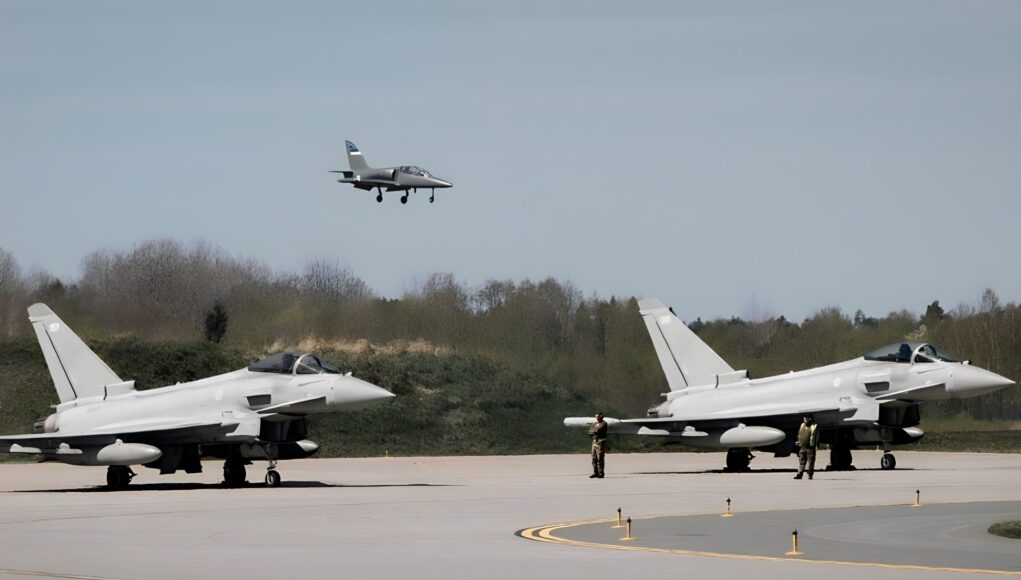
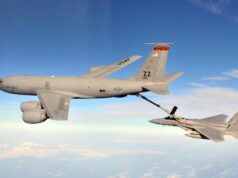
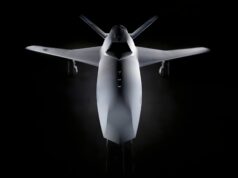

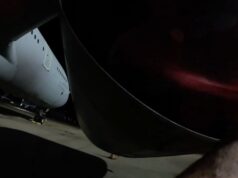
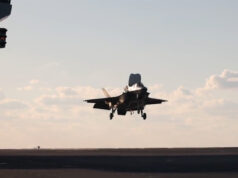
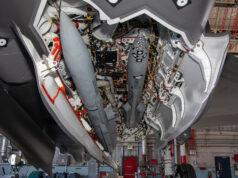

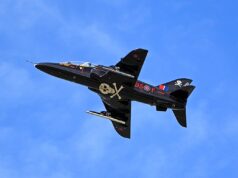
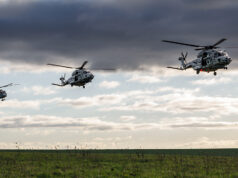


Where are all the mighty f35s?
Saying the typhoon isn’t mighty?
Of course not, I genuinely love and adore the Typhoon. Not only is it gorgeous, one of the best-looking aircraft of all time, it sounds apparently badass and we probably need fifty more of them at least.
Now that we’re on about them, as a layperson, I wonder if TPTB’s refusal to buy more is because they have evidence we haven’t seen that it’s outclassed or obsolete in some way? I know they’re putting out all sorts of nonsense about it being more expensive than the F35, which is hilarious. And yet everyone raves about the F35, but where are they all? Who apart from Israel has actually used them in combat or on routine deployment?
Where are the F-35s? Most are on CSG25 and a good number in the OCU. Can’t be many not doing very much.
But why is it then that whenever Western powers intercept, say, Russian aircraft, it’s never the F35? I’m a total layperson about military aircraft and want to understand this.
Perhaps you missed a few interceptions by Norway. Though, to intercept, you need speed. F35 is a mach 0.9 jet, like a WW2 jet, but it is not fast by 2025 standards.